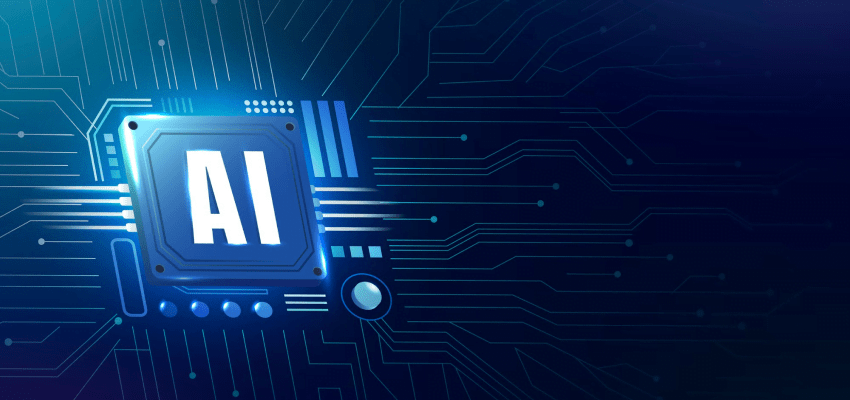Artificial Intelligence: Impact on Scientific Discovery
In recent years, artificial intelligence (AI) has become an increasingly important tool in scientific research. From analyzing vast amounts of data to identifying patterns and trends that might go undetected by human researchers, AI has the potential to revolutionize the way we approach scientific inquiry. Whether it’s analyzing large datasets to identify potential drug candidates, or using machine learning algorithms to identify subtle patterns in data that could lead to new scientific discoveries, the possibilities for AI in scientific research are vast and exciting. In this article, we’ll explore some of the ways that AI use in scientific research today, and consider some of the potential benefits and challenges that this technology brings.
Scientific discovery is inherently human
All scientists are humans, so it’s clear that there is no such thing as an objective scientific discovery. The process of scientific discovery by its very nature involves a human activity: scientists must make choices about what data to collect and analyze, how to interpret their findings, and what conclusions to draw from them. Limited Humans in their ability to discover new things—they cannot sense or perceive everything at once; they cannot know everything about the world around them—and therefore we need tools like computers or telescopes with which we can gather information from afar (or here).
The limits of human knowledge
Limited Humans by their own cognitive abilities. There are many things that humans cannot do, but computers can. For example, we cannot process all the information in the world and there is no way for us to think faster than computers. However, despite these limitations, scientists still use humans as assistants when working on complex scientific tasks because it’s difficult for them to build machines that are capable of performing such tasks as well or better than humans.
Allow researchers to make discoveries
Artificial intelligence will allow researchers to make discoveries they otherwise wouldn’t have made. For example, AI can help scientists find connections between ideas they might not have considered. It can also help them find patterns and connections in large amounts of data that wouldn’t detect by a human alone. And finally, artificial intelligence has the potential to enable new ways of looking at old data—for example, through image recognition (see below).
Conclusion
Artificial intelligence can create new discoveries and new ways of thinking. It can help scientists explore phenomena they may have never thought possible before. In fact, there are already many cases where AI has been used in this way—for example, IBM’s Watson supercomputer was used to identify cancer markers in human blood samples. We’ve only begun to see where this technology could take us!


